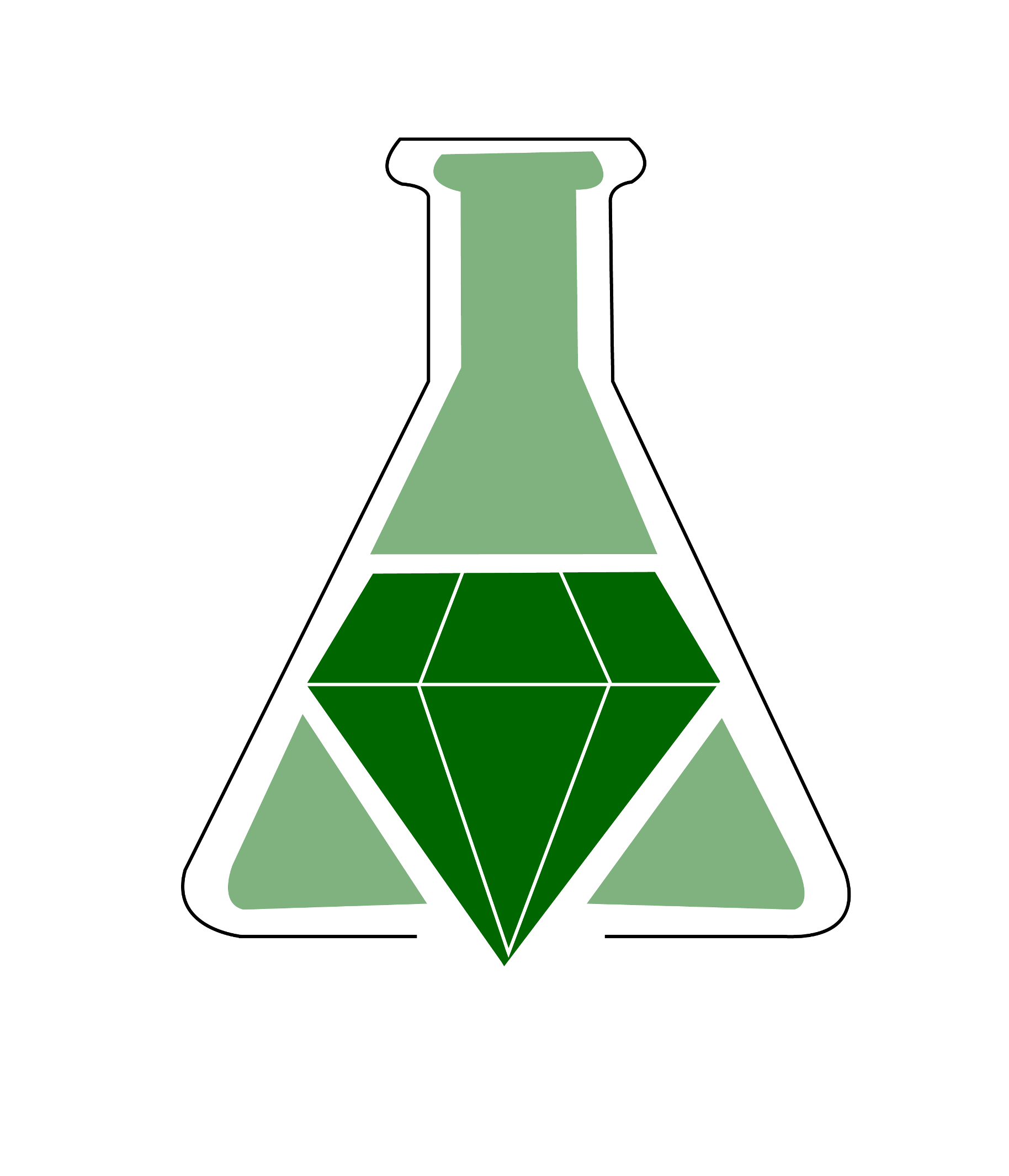A Green, Guided-Inquiry Based Electrophilic Aromatic Substitution for the Organic Chemistry Laboratory

Summary
This exercise demonstrates the regioselectivity of substituted aromatic systems while reducing the amount and hazards of the waste produced by the class. Although typical iodinations involve either high amounts of derivatization (i.e., nitration, then reduction to aniline, formation of diazonium, then ionization) or use of hazardous/expensive reagents (iodine and mercury acetate, bis(pyridine)iodonium tetrafluoroborate), this experiment teaches important aromatic chemistry using safe and inexpensive reagents.
Students are first asked to predict where the iodine will substitute on salicylamide. Then, by simply adding household bleach and sodium iodide, they perform the iodination and analyze their product by IR spectroscopy. An interesting aspect of this lab is the analysis of the substitution pattern on their product by IR spectroscopy as opposed to proton NMR.
Supplemental information includes background information regarding electrophilic aromatic substitutions and using IR to determine substitution patterns, experimental procedures, student questions and keys, a list of necessary materials, and instructor notes.
Summary prepared for the original GEMs database December 2008 by Douglas M. Young at the University of Oregon.
A Green, Guided-Inquiry Based Electrophilic Aromatic Substitution for the Organic Chemistry Laboratory
Eric Eby and S. Todd Deal
Journal of Chemical Education 2008 85 (10), 1426
DOI: 10.1021/ed085p1426
Students are first asked to predict where the iodine will substitute on salicylamide. Then, by simply adding household bleach and sodium iodide, they perform the iodination and analyze their product by IR spectroscopy. An interesting aspect of this lab is the analysis of the substitution pattern on their product by IR spectroscopy as opposed to proton NMR.
Supplemental information includes background information regarding electrophilic aromatic substitutions and using IR to determine substitution patterns, experimental procedures, student questions and keys, a list of necessary materials, and instructor notes.
Summary prepared for the original GEMs database December 2008 by Douglas M. Young at the University of Oregon.
A Green, Guided-Inquiry Based Electrophilic Aromatic Substitution for the Organic Chemistry Laboratory
Eric Eby and S. Todd Deal
Journal of Chemical Education 2008 85 (10), 1426
DOI: 10.1021/ed085p1426
Safety Precautions, Hazards, and Risk Assessment
See published journal article.
